20+ Years Experience
Specialist Shop Fronts

So you have decided to take the plunge and open your own shop. Exciting times! Whether you’re selling products online, or you’re charming passersby on the high street, it’s essential to make sure your shop front looks professional and inviting.
With a few smart design choices and a few savvy tips and tricks, we’ll have you designing a shop front in no time that will keep customers coming.
It’s important for the exterior of your shop front to convey the right message about your business, as it is often the first impression potential customers will have. It’s important to think carefully about how visitors will be able to identify your brand, as well as choose design elements that stand out and portray an inviting atmosphere.
Aesthetically-pleasing designs can create a more pleasant environment while ensuring that safety regulations are met and maintenance costs are kept to a minimum. Arguably, if the exterior design communicates a message of quality and positivity, it may make potential customers more likely to walk through the door.
On the other hand, overly flashy or loud designs could be interpreted negatively by certain customers, though there are certain aesthetics to be found in bright and eye-catching shopfronts.
An interesting blend of modern materials can help capture attention and foster feelings of excitement in passersby. Furthermore, consider subtle cues around energy efficiency such as natural ventilation instead of air conditioning units.
Depending on your desired aesthetic, you might consider introducing a range of textures and colours—wood, metal, stone murals—as well as various types of lighting options like recessed lighting, portlights and planted uplighters to your shopfront design.
Regardless of what you settle on for your exterior design, make sure it conveys who you are and stands out from the competition. Aspects like size, shape, and colour palette all play an important role in making the first impression with shopfront design.
When it comes to designing your shop front, windows and signage play an essential role in helping to create a professional look. Windows can both set the tone for how customers perceive your business as well as help to advertise its presence.
There are different types of materials available for window installation, like aluminium, vinyl or steel, each with unique pros and cons. Vinyl windows are a popular option due to their durability and energy efficiency, while stainless steel may be more suitable for a chic boutique store. Find out more about aluminium shop fronts here.
Signage is also important when it comes to shop fronts and can help to pull the entire appearance together. Whether you choose traditional lettering on your storefront, electrical signage or projecting signs, signage can greatly influence the impression customers to have of your business. A sleek modern logo sign can make all the difference in creating a professional look.
There are other components of a successful shopfront that must be considered, such as the appropriate lighting, placement of goods and services, etc., yet windows and signage remain two of the most vital components. When making decisions about these two elements, it is important to consider both design aspects as well as functionality.
Our team can offer thermal break window installation and more.
Interior design and materials play an important role in creating a professional look for any shop front. The use of colour and texture can create a themed atmosphere, which can help cultivate a certain tone or vibe that reflects the shop’s overall essence, as well as either excite or chill out customers.
Materials such as wood, glass, metal, concrete, and paper are all potential options to incorporate into the design; whether that be for flooring, walls and panels, ceilings, or furnishings inside the shop.
Floorings for shop fronts should be eye-catching yet simultaneously practical. Carpet flooring adds a cosy touch that works especially well in smaller stores, while hardwood is a popular go-to as it is both attractive and durable. Alternatively, vinyl flooring provides another option that is waterproof and easy to maintain, which may be suitable depending on the type of business.
The walls are often the canvas of any shop front; this is where textured wallpapers, bold colours or artwork can bring a lot of vibrancy to the atmosphere. Wallpapers with texture designs like wood grains or grass weaves can add character, while splashes of vibrant colours can also make the space feel livelier.
Alternatively, providing customers with artwork that mainly consists of local culture or family-owned photography will make them feel more connected to the store.
Ceilings provide a great way to add dimensions and introduce elements like lighting fixtures into the establishment’s primary interior space. Soft lights will create an inviting atmosphere, while brighter lights are great for living in dark corners of any space.
Likewise, furniture like chairs and tables should not only match the background but also serve their purpose. They should provide customers with enough comfort while remaining within style parameters set by the rest of the shop front’s interior decorations.
When designing your shop front, you must carefully consider the layout, furniture and decoration of the space. Depending on the type of business, this might require allocating more or less space to display products, stock areas or customer seating.
Finding the optimal balance between utilising space efficiently and keeping an inviting atmosphere can be difficult but is essential in creating a successful store design.
Choosing the right furniture for your business is also important for a professional look. The shape and size of furniture will directly affect how usable each area is. Intimate one-on-one meetings with clients may require more seating than just providing a few chairs in a corner.
For product displays, choose furnishings that provide enough space to showcase items and make them easily accessible while giving customers ample room to browse.
Keep in mind that you should use appropriate colours and materials when furnishing your store to match the overall theme. Additionally, investing in high-quality pieces that are durable and made of safe materials like wood or metal may not only enhance the aesthetic value but could also save you money down the road from unnecessary repairs or replacements from furniture wearing out quickly.
Creating an appealing environment with lighting is the next step in designing a professional shop front. Lighting has many benefits, such as illuminating merchandise for better visibility, providing a feeling of security for customers, and showcasing decorations in the most attractive way possible.
Lighting has the power to create an impactful atmosphere and it can affect how customers perceive your store. One of the most important elements to consider when planning the lighting for your shop’s facade is balance – creating an attractive look without overdoing it.
An excessive amount of exterior lights may not be aesthetically pleasing and could do more harm than good. While on the other hand, too little light could cause the retail signage and other visual elements to go unnoticed.
The best way to ensure your shop front looks its best is to combine ambient and task lighting depending on your needs. Ambient lighting provides an atmosphere and affects the comfort level of shoppers from the moment they enter your store.
This type of lighting should be distributed evenly around the shop to prevent shadows or bright spots. Task lighting used for highlighting signs and products in window displays should have a warmer tone than interior lights since you want it to draw attention further out from the store.
When designing downtown stores, wall washing and mood lighting are great ways of creating a unique look and inviting window displays that stand out from the surrounding area.
On top of this, take advantage of smart lighting systems for easy control and brightness management – especially helpful when faced with weather conditions like rain or snowstorms. Smart lights may also help you adjust menus or special offers without having to change existing fixtures.
In conclusion, taking into account both natural and energy-saving artificial lights can make all the difference in how customers experience your shopfront. By striking a balance between ambient, task and mood lighting, you can create an appealing environment while maximising visibility and enhancing safety awareness at night time.
Colour plays an important role when it comes to designing the front of your shop. When it comes to colours, there are both pros and cons. On one hand, using a bright and complex colour scheme can help attract attention and make your shop stand out.
On the other hand, too many colours can be overwhelming and off-putting. Ultimately, the best option is to find a balance between the two – use colours that catch the eye but also speak to your branding.
Advertising is another essential aspect of shopfront design. Advertising directly outside of your shop helps showcase your business and gives people an indication of what to expect from the inside of your store. However, you want to be careful about how you display advertising, as too much can be intrusive and unappealing.
Consider where customers, passersby, and neighbours will be looking and make sure you don’t overwhelm them with advertisements that could be a distraction from enjoying the experience at your store.
It’s clear that making a good impression through colour choices and advertising should play a big role when designing your shopfront. To continue creating a professional look, turn to utilise branding and style in the next section.
When it comes to designing your shop’s front, branding and style are integral. Both impact the overall atmosphere of your business, which can ultimately influence customer opinions. Although a well-executed design with effective branding and style can help attract new customers and improve the success of your store, incorrect choices could leave visitors with a poor impression of your shop.
Branding is an important factor in creating a strong design. You should decide how you want customers to perceive your store and make sure that the image translates across various mediums, including signage, logos, colours, and materials. Establishing core colours and fonts helps ensure consistency throughout all marketing materials.
Utilising contrasting accents or complementary colours can help add visual interest and draw attention to particular elements. Additionally, utilising custom graphics or patterns can create additional emotions and evoke specific feelings from customers.
The style also plays a vital role in setting the tone for your shop’s front design. From bold and modern to rustic and classic, there are a variety of styles to choose from that can set the mood for your space.
Take some time to consider factors like existing colours, windows, lighting fixtures, furnishings, and décor when beginning your design project. Keep in mind that any small details should represent a common theme in order to ensure unity within the space.
Finally, always remember to combine branding and style together when designing your shop’s front. Despite being separate entities, they must cohesively tie together into one beautiful design that accurately portrays who you are as a business. With careful consideration of both factors, you can curate a professional look that will draw customers in with ease!
The doors and decorative elements of the shopfront are some of the most important elements when designing the shopfront. Not only do the materials and design have to be pleasing to look at, but it must also be practical for daily use.
In terms of practicality, an easy-to-open door is a top priority, as customers need to be able to enter and exit with ease. In terms of aesthetics, investing in quality materials that match the overall design can make all the difference in creating a professional-looking space.
Materials such as wood, metal and plastic can be used for both decorative elements and door frames. For a more contemporary look, metal frame entries can create a modern feel, while wooden doors will give off a classic vibe.
Alternatively, plastic promises strength and durability, which is ideal for busy shopfronts. Colours should be selected wisely in order to complement the overall theme of the shopfront’s design.
Decorative elements can help add personality to the store’s frontage. Accessories such as window boxes or flower displays can bring life to the area surrounding the doors. Lettering can also be added to help identify what type of business is located in that particular building.
Additionally, light fixtures such as wall sconces or lanterns can be used for further decoration as well as provide additional lighting for customers entering at night time.
Therefore, selecting both the door material and decorative elements is paramount for developing an attractive and inviting shopfront design. With careful consideration, these features can become integral parts of a professional storefront design, making it appealing yet still functional.
Finally, there are other components to finalising a shop front design – small details that are just as important as all those already mentioned above. The next section will discuss these finer points in further detail on how to make sure no detail has been overlooked when finalising your very own front design.
The final stage of any shop front design is to take a careful look at the overall composition before signing off on the design. This is an important step as it will prevent any costly mistakes. It should be done with the utmost care and attention in order to ensure that the design looks perfect when constructed.
The shop owner should begin by taking a look at all of the elements that make up the entire design. Are they all balanced in terms of size, shape, and colour? Does each element contribute towards making a unified whole? If changes are needed, they should be made before signing off on anything.
When discussing signage placement, it is important to consider whether it is visible from all angles as many people will view the shopfront from different directions. Think about how people move around town – where do their eyes go when standing on a street corner? Placing the signage in strategic locations ensures maximum visibility while avoiding overcrowding or clutter.
It is also essential to consider lighting when finalising a shopfront design. Natural light can often make an area look too bright and overwhelming or too dark and dreary; getting the balance just right requires considerable thought. Additionally, external lighting such as spotlights must be considered so that customers can easily read signs and securely enter and exit the shop during night hours.
Finally, it can be beneficial for some businesses to include interactive features or displays, such as digital monitors or window projection screens, in their shopfront design in order to engage customers more deeply with the brand. While this isn’t mandatory for all shops, it can draw more attention and create an exciting shopping experience for customers if used correctly.
In conclusion, there are many factors that need to be taken into consideration when finalising a shopfront design. With careful planning and taking all these things into account, a successful end result will be achieved that enhances business visibility while also providing an enjoyable shopping experience for customers.
When designing a shop front, there are several key criteria that one should consider. First, you should evaluate the purpose of your shop and choose a design that best reflects its values and mission. For example, if you are opening up an upscale clothing boutique, you should incorporate elements of sophistication and luxury into your design.
Second, you should take into account the surrounding environment where your shop is located. Doing so will help you harmonise your shop design with the other properties in the area. Additionally, consider how easy it is to access and view your shop from the street – use bright lighting and attractive designs to attract passersby’s attention.
Third, be aware of small details that can make a big difference when creating your design. For instance, select furniture and decor pieces that draw from current trends to give your shop a modern feel, or experiment with textures and shapes to create a unique atmosphere for customers.
Finally, keep in mind customer comfort – ensure that your store features comfortable seating areas, plenty of room for shoppers to browse with ease, and strategically-placed shelving that makes items easily accessible. Following these simple tips and tricks can ensure a professional look for your shop front!
One of the biggest mistakes to avoid when designing a shop front is to not consider the audience whom you are trying to attract. Too often, designers focus on making the shop façade appear flashy but ignore who their target customers may be, resulting in an excess of clutter and disorganised colours.
It’s important to plan out what design elements will create the desired appeal for your target customer base and focus on creating a consistent rhythm throughout the entire shop front that works together harmoniously.
Likewise, you should also avoid using too many fonts or typefaces in your design. Using multiple fonts can make it difficult for customers to distinguish what information is most important and can become visually confusing as opposed to creating an organised, unified look. One typeface is usually all that’s needed for clean, professional-looking results.
Finally, never forget about factual accuracy in font size! Making sure the font sizing you choose promotes legibility- both from near and far away- is essential in order to ensure that customers can comprehend the information displayed on your shop front quickly and effectively; since they won’t have time to get up close and individually read each word, it’s essential that fonts remain large enough for immediate readability from afar.
The best materials for a shop front depend on the look and atmosphere that you are hoping to create. For a clean and modern look, steel, aluminium, or composite materials are ideal. These materials provide a uniform finish and can often be customised with powder coatings for added protection from weather elements.
Wooden shop front design is another option for a more classic or rustic look, but it does require regular maintenance to maintain its appearance. Glass shopfronts are another great choice as it allows natural light to illuminate the interior of a shop and adds visual appeal to the exterior.
It also provides an easy view into the interior without the need to open doors or windows. Ultimately, selecting the best material should come down to the design goals of your specific shop front.
Regardless of what you settle on for your exterior design, make sure it conveys who you are and stands out from the competition. Aspects like size, shape, and colour palette all play an important role in setting the first impression with shopfront design.
If you would like to learn more about shop front designs get in touch with a member of our team today for a free no obligation quote.
There are a range of other shopfront services that we can provide. Have a look at the list below for more information:
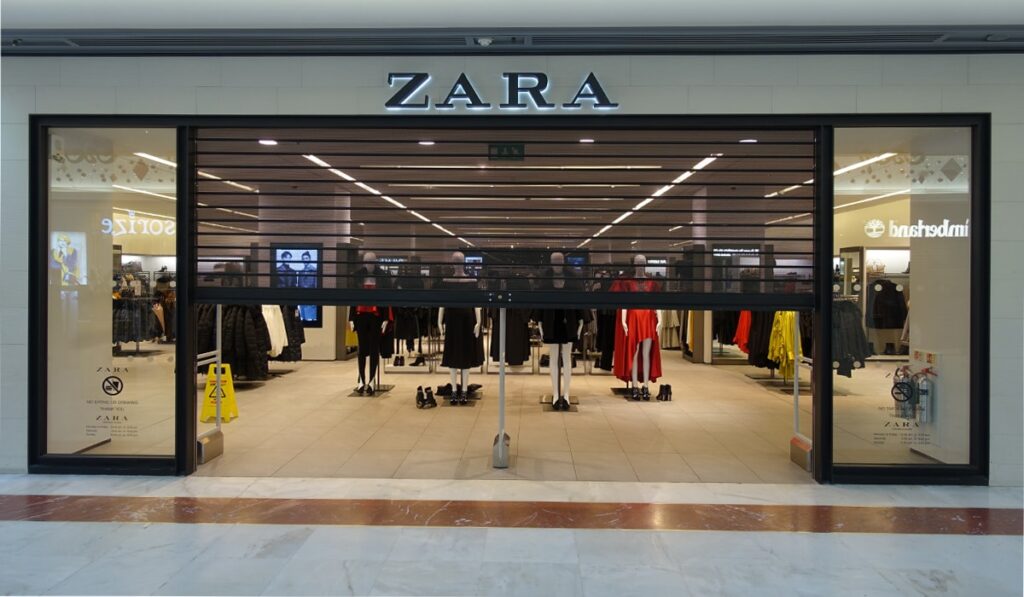
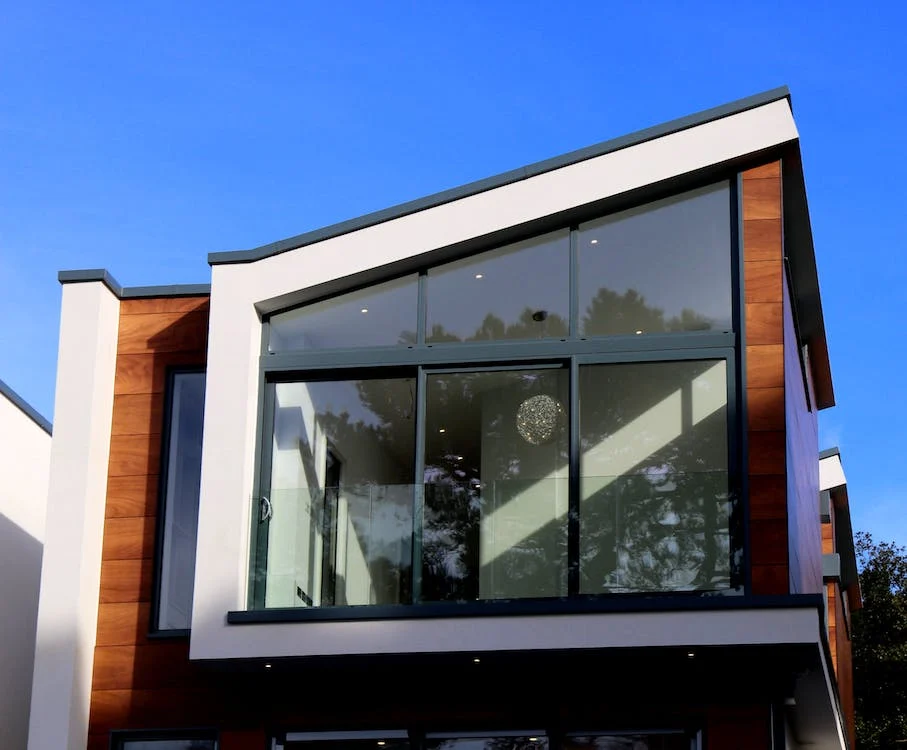
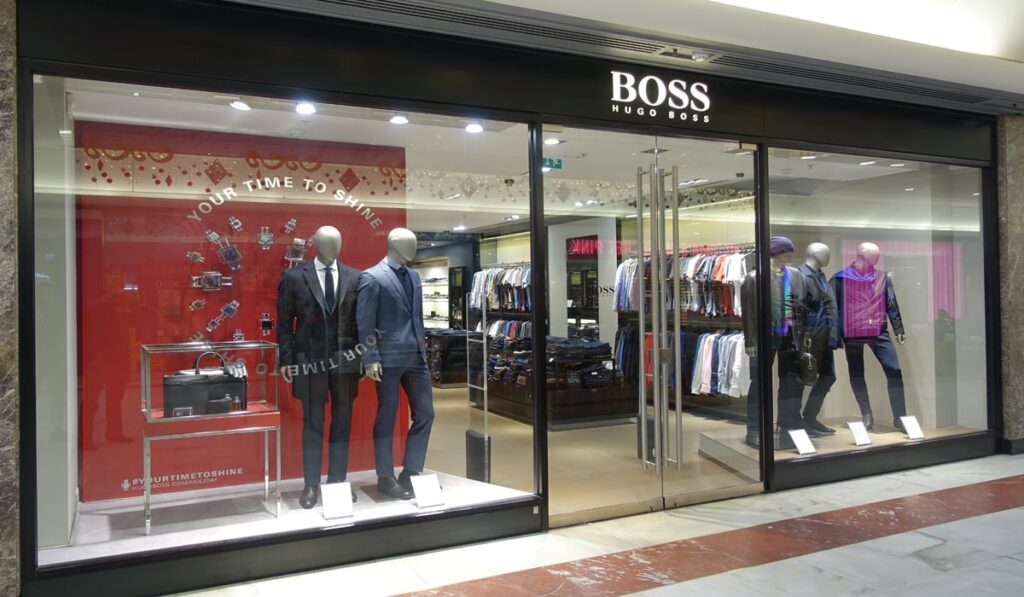
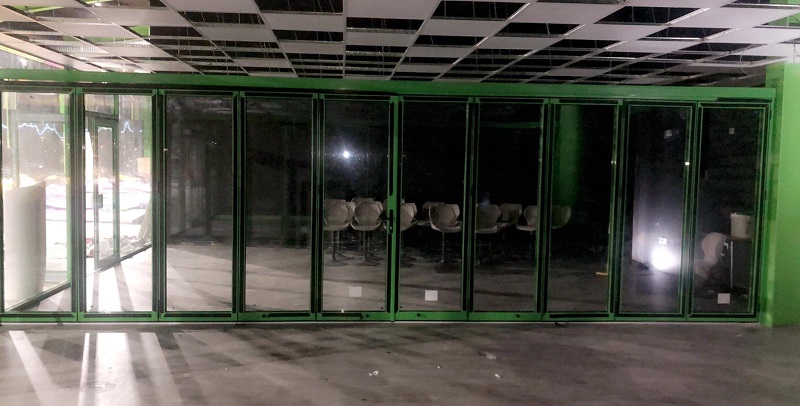
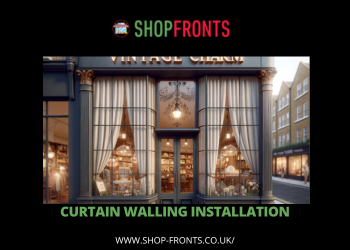
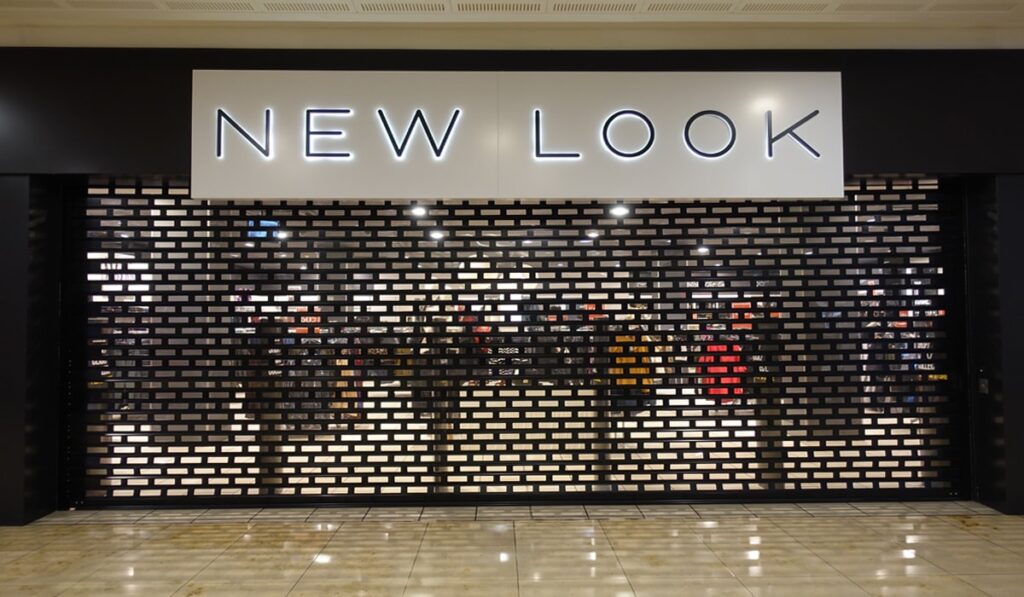

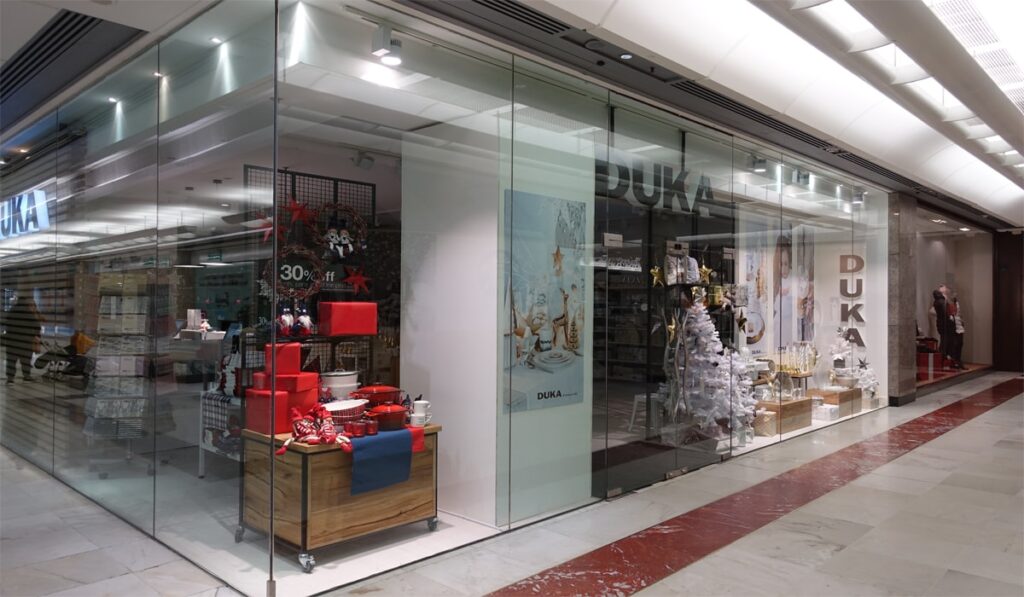
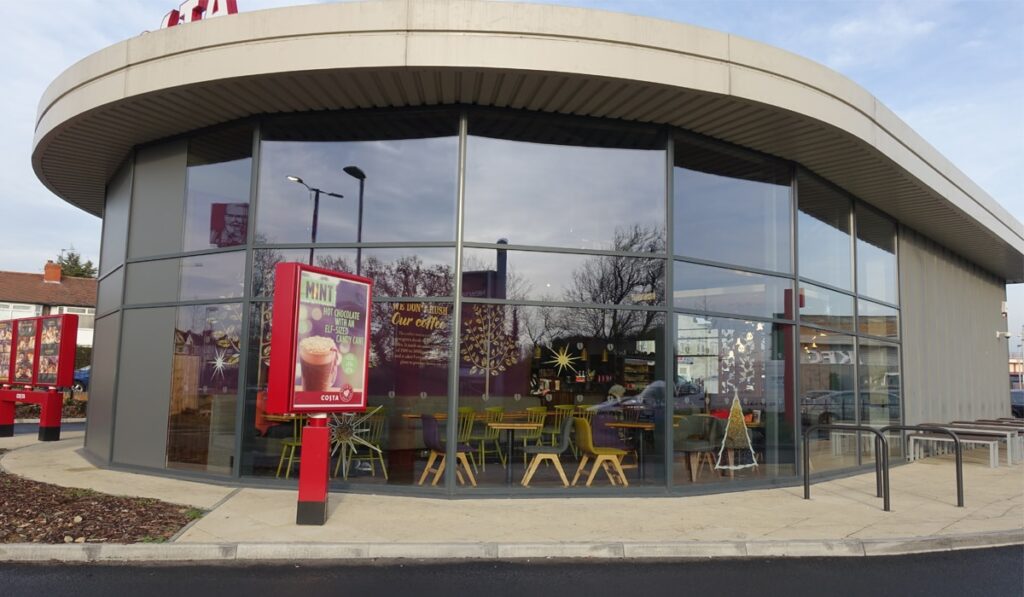

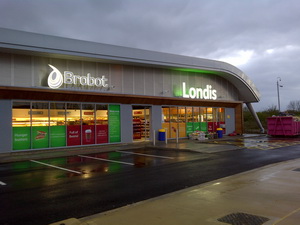
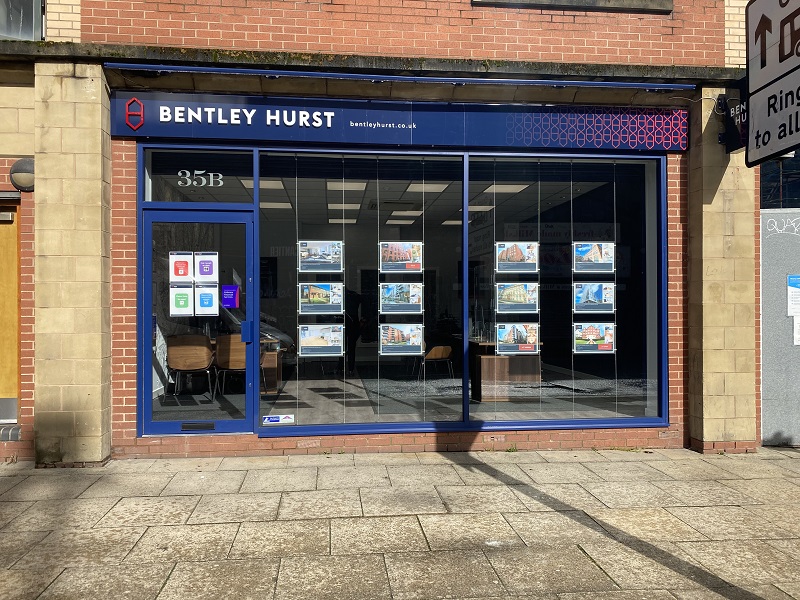
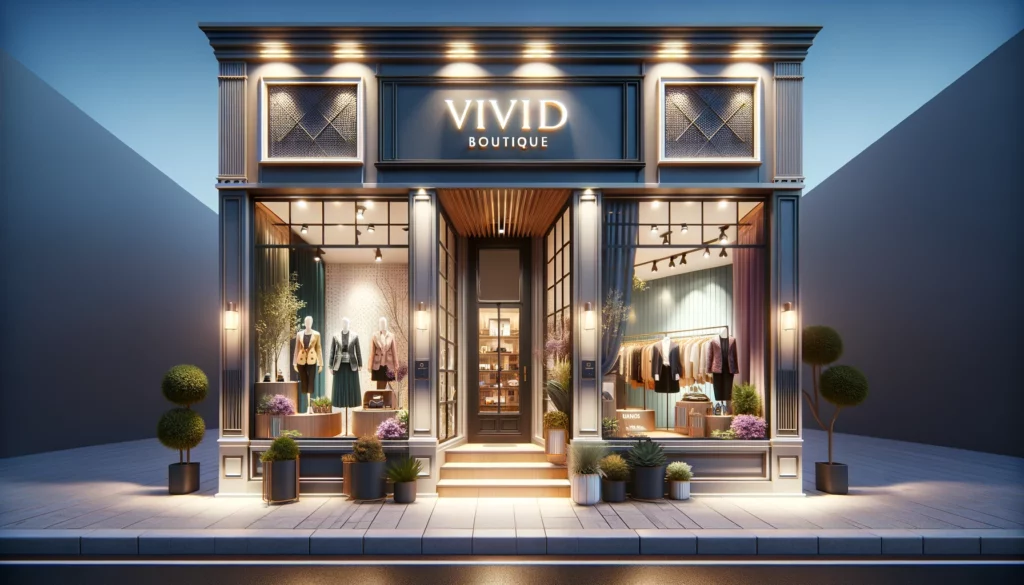
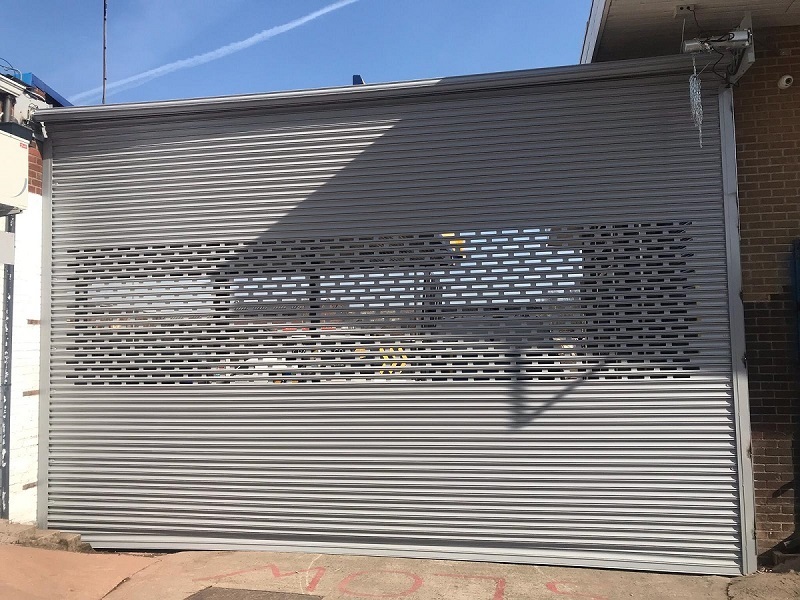
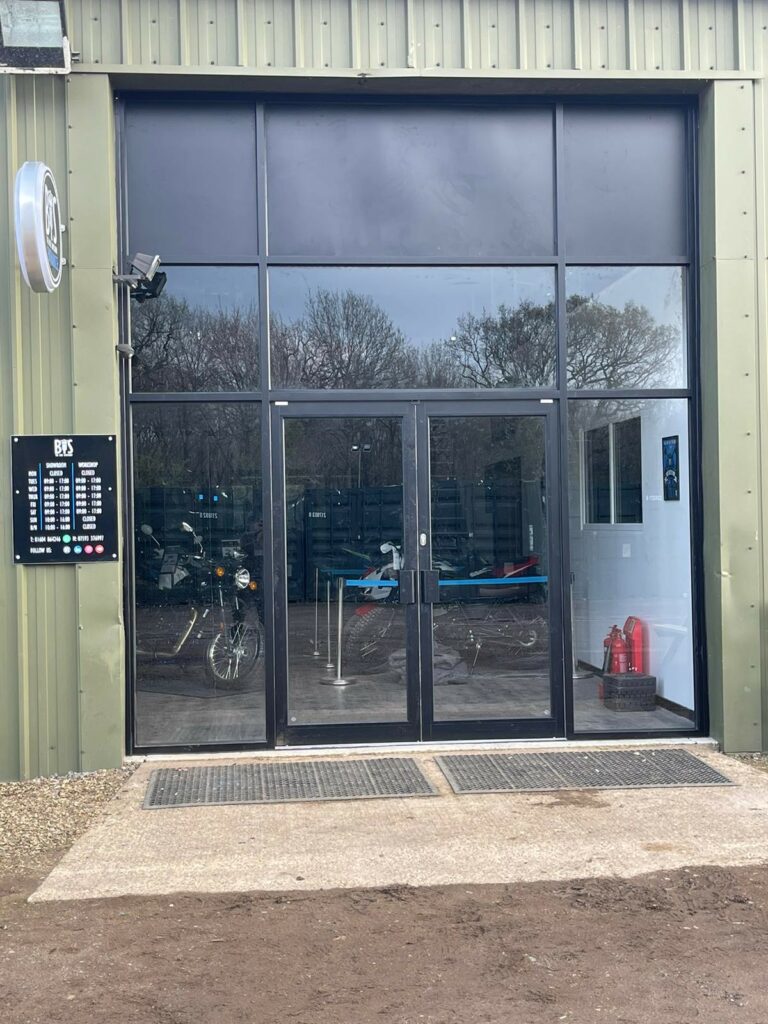

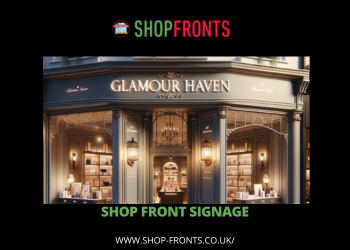

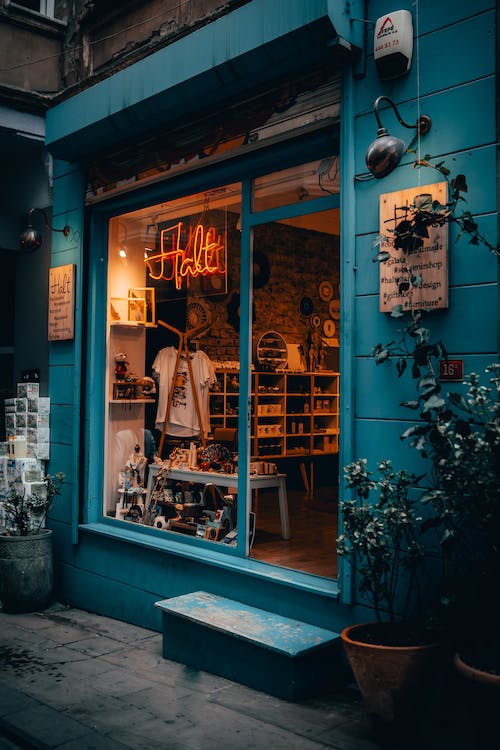

We Aim To Reply To All Enquiries With-in 24-Hours